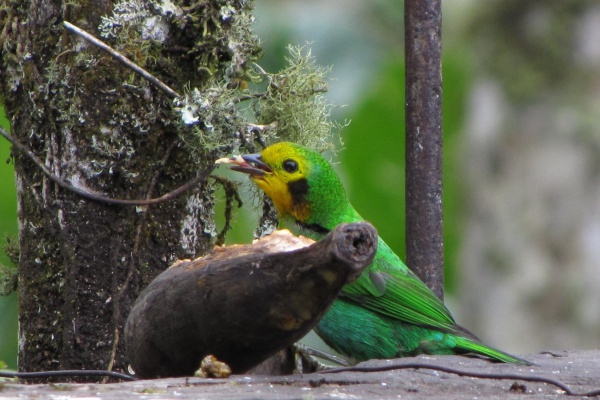Facts About Multicoloured tanager
The multicolored tanager, a vibrant bird native to Colombia's mountainous regions, belongs to the Thraupidae family. Unfortunately, due to habitat loss and fragmentation, the IUCN has classified it as vulnerable since 2010.
Male multicolored tanagers are a spectacular sight, flaunting a mix of yellow, chestnut, green, and blue feathers. In contrast, females exhibit more subdued colors. These birds inhabit the wet montane forests of Colombia's Occidental and Central Cordillera, typically at elevations between 900 and 2200 meters.
Their diet primarily consists of insects, which they adeptly find on the undersides of leaves in the forest canopy. They also relish ripe fruits from various plants. While detailed observations of their breeding behavior are limited, evidence suggests they breed from November to August, a period typical for tropical resident birds.
The multicolored tanager's situation is alarming, with significant habitat loss leading to declining populations. To help preserve this stunning species, conservation efforts are imperative. These efforts include expanding and enforcing protected areas and providing sustainable alternatives for local communities. Additionally, scientific research is needed to better understand their populations and ecological requirements.
Recent sightings have primarily been in the Valle del Cauca department of Colombia. Here, conservation initiatives like Important Bird Areas and reserves are working to protect the multicolored tanager and raise local awareness about its plight.

 Ecuador
Ecuador